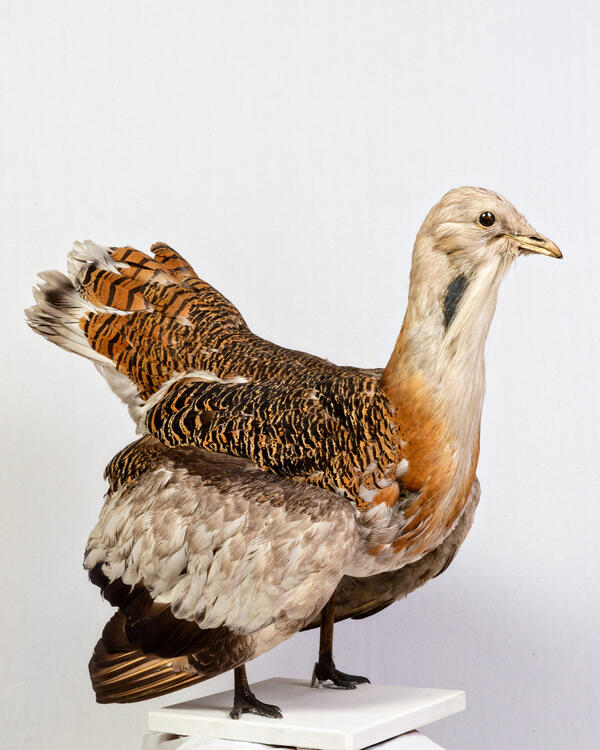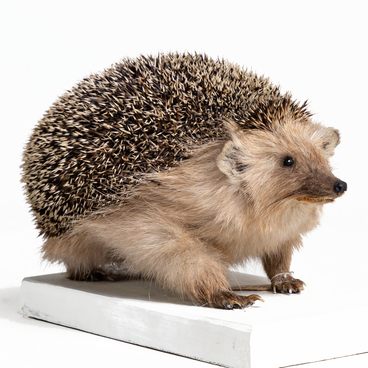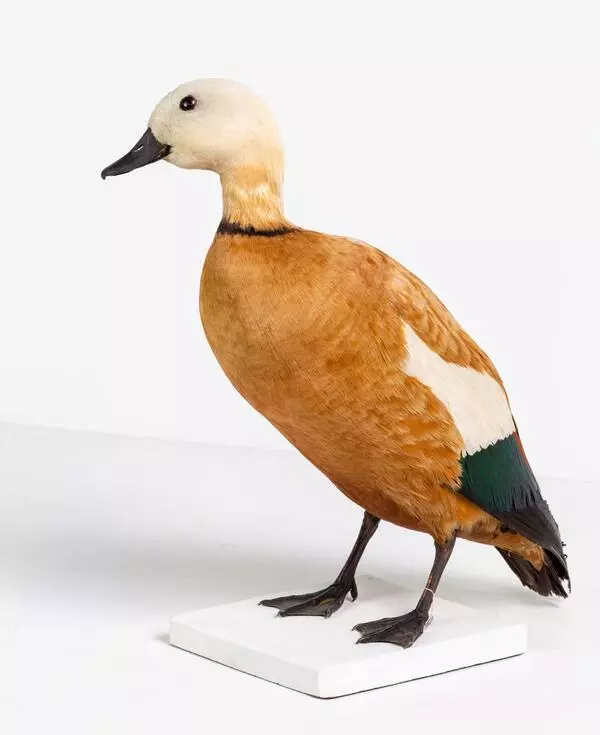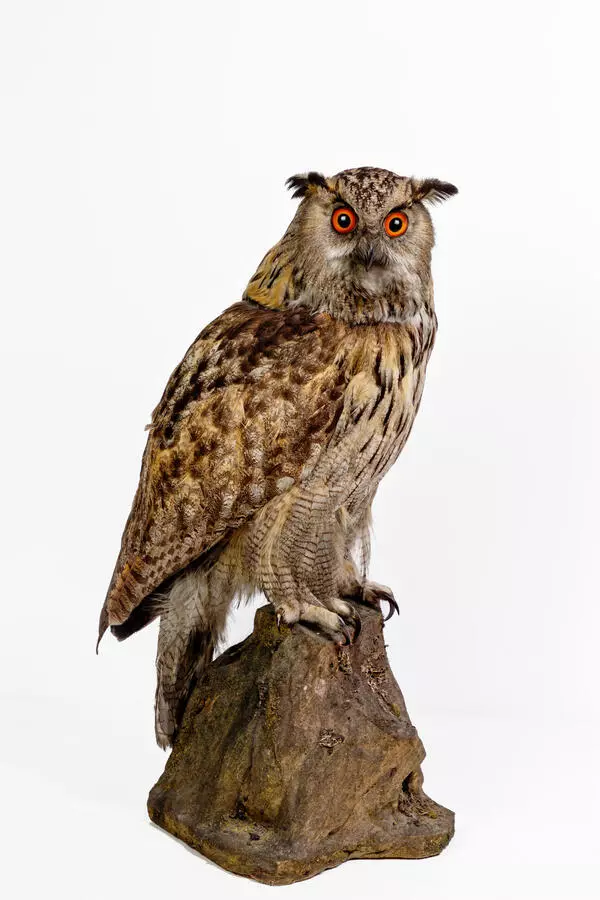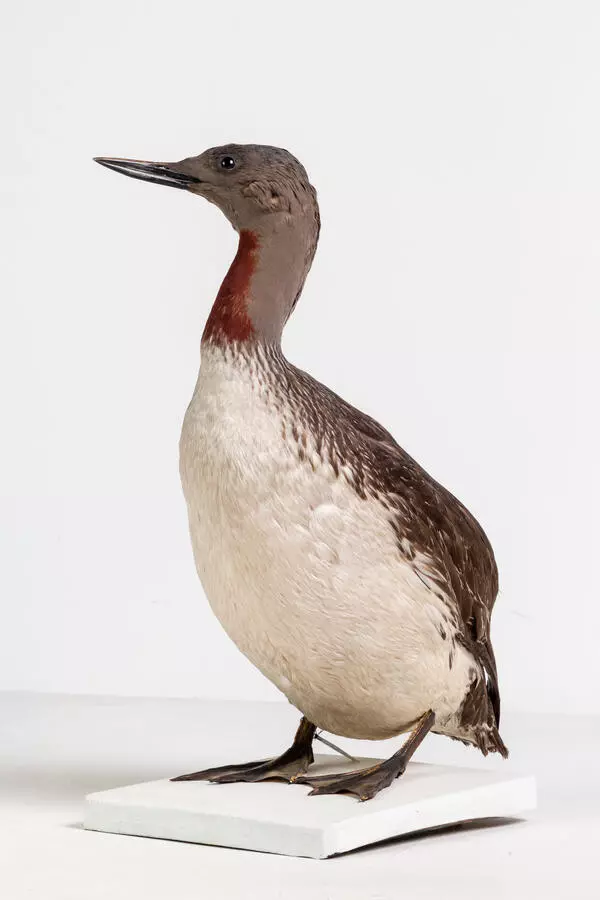Bustard is the largest bird in Buryatia and one of the heaviest in the world among birds capable of flight. Its mass can reach 16 kilograms, and its wingspan is up to 260 centimeters. Bustard is found throughout Europe. Huge and strong majestic birds have a bulging neck and heavy chest with a characteristic upturned tail. A mandatory attribute of males is a white mustache 20 centimeters long. Their back and tail are bright red.
This is a very shy and cautious bird, so it willingly inhabits open plains without thickets of trees. These are grassy steppes, wide fields, and meadows that are clearly visible even at a great distance.
Bustards feed on seeds of cereals and herbs, as well as do not disdain small insects and larvae. They also eat frogs, lizards, mice, and sometimes chicks of small birds.
Bustard runs and flies well, although it rises into the air hard with a run. The bustard’s flight is slow, but long. On the ground, the bird keeps carefully, thus noticing the approach of a person or animal from a distance.
In spring, bustards are characterized by mating ceremonies. During them, the male’s head is thrown back almost touching the raised tail, and the gular sac is inflated.
In summer, in the heat after morning feeding, bustards go to water, and then rest in the shade. Due to the fact that these birds do not have sweat glands that regulate body temperature, they have a hard time on hot days. To cool off, bustards lie on the ground with their beaks open and their wings spread out. When the heat subsides, the birds resume their search for food. Bustards do not have a coccygeal gland, which means there is no source of lubricant for the feathers. Because of this, bustards get very wet during the rains, and during frosts, wet feathers freeze and make the birds completely helpless.
Now once a large and widespread bird, it has become a very rare and endangered species in the wild. The main reasons for the population decline are agricultural development of habitats, the use of pesticides, and hunting. Predators, such as golden eagles, steppe eagles, foxes, and wolves, also cause damage to the population. And the rooks, crows, and magpies nests and eat the eggs of the bustard. In Buryatia, bustard is protected in the Tugnuy and Altay Reserves.
This is a very shy and cautious bird, so it willingly inhabits open plains without thickets of trees. These are grassy steppes, wide fields, and meadows that are clearly visible even at a great distance.
Bustards feed on seeds of cereals and herbs, as well as do not disdain small insects and larvae. They also eat frogs, lizards, mice, and sometimes chicks of small birds.
Bustard runs and flies well, although it rises into the air hard with a run. The bustard’s flight is slow, but long. On the ground, the bird keeps carefully, thus noticing the approach of a person or animal from a distance.
In spring, bustards are characterized by mating ceremonies. During them, the male’s head is thrown back almost touching the raised tail, and the gular sac is inflated.
In summer, in the heat after morning feeding, bustards go to water, and then rest in the shade. Due to the fact that these birds do not have sweat glands that regulate body temperature, they have a hard time on hot days. To cool off, bustards lie on the ground with their beaks open and their wings spread out. When the heat subsides, the birds resume their search for food. Bustards do not have a coccygeal gland, which means there is no source of lubricant for the feathers. Because of this, bustards get very wet during the rains, and during frosts, wet feathers freeze and make the birds completely helpless.
Now once a large and widespread bird, it has become a very rare and endangered species in the wild. The main reasons for the population decline are agricultural development of habitats, the use of pesticides, and hunting. Predators, such as golden eagles, steppe eagles, foxes, and wolves, also cause damage to the population. And the rooks, crows, and magpies nests and eat the eggs of the bustard. In Buryatia, bustard is protected in the Tugnuy and Altay Reserves.

